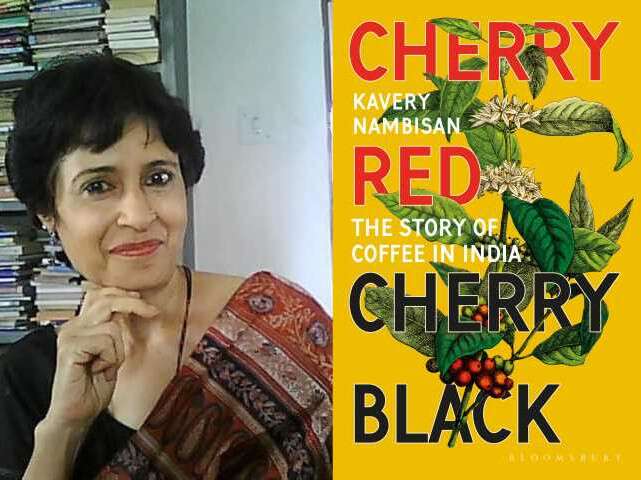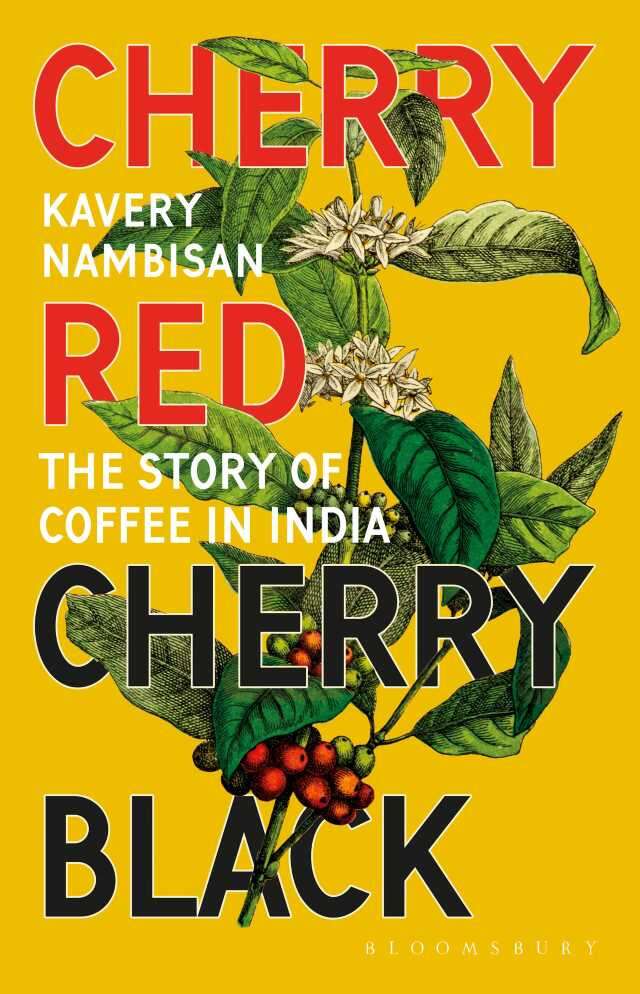Kavery Nambisan traces the history and geography of the brew in India in her book ‘Cherry Red, Cherry Black: The Story of Coffee in India’.
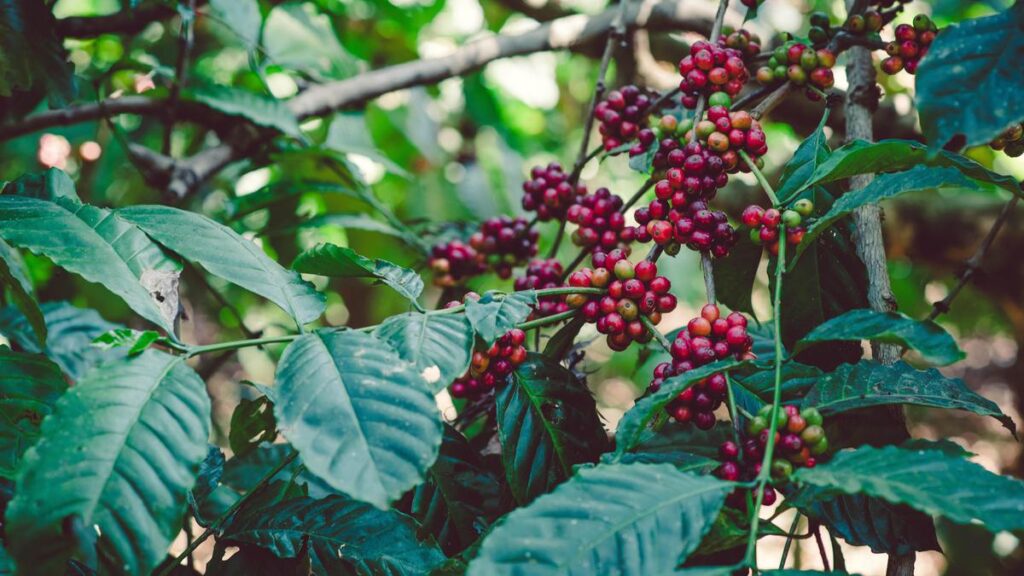
When did coffee arrive in India? How did Coorg, a rice-growing area initially, take to growing coffee in large quantities? Where does India stand as a coffee planter and exporter? Kavery Nambisan writes the history of one of the country’s most popular beverages in her new book, Cherry Red, Cherry Black: The Story of Coffee in India. In an interview, she says the history of coffee in India is closely interwoven with global history.
The story goes that an Indian merchant who went on a pilgrimage to Mecca is said to have brought some coffee seeds back with him in the early 17th century, and thus began the backyard cultivation of coffee in parts of then Mysore province, mainly Chikmagalur, Hassan and Coorg. The British saw its potential and expanded the growth of the cash crop. Having worked in the industry — she tried at her hand at berry picking when she was 15 and realised what a tough thing it is — Nambisan also outlines the challenges the industry faces.
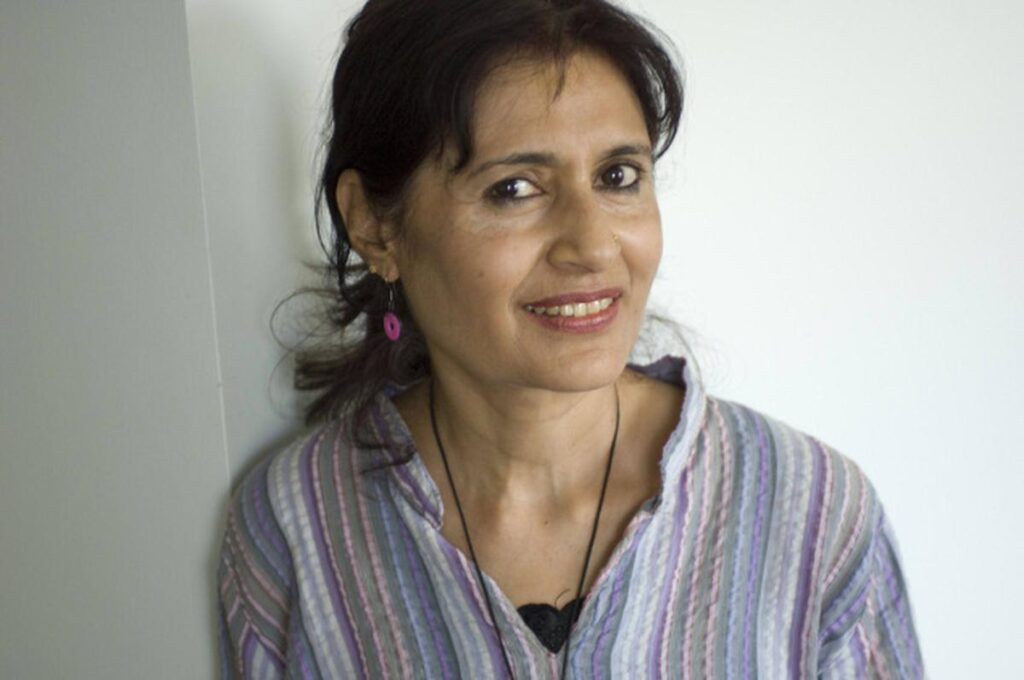
You say history has everything to do with the story of coffee in India. Why?
The history of coffee is closely interwoven with global history, particularly from the 18th to the 20th century. It is believed that the stimulant effects were first discovered in Abyssinia when a goatherd noted how his goats frolicked non-stop after eating coffee berries growing in the wild. This led to its cultivation and coffee became something of an energy drink of those days. Its popularity spread to many parts of Arabia and from there to parts of Europe. An Indian merchant who went on a pilgrimage to Mecca is said to have brought some coffee beans back with him and so started the back-yard cultivation of coffee in parts of the Mysore Province, mainly, Chikmagalur, Hassan and Coorg.
By the mid-19th century the British had recognised the potential for growing coffee (and tea) on a large scale. They cut down thousands of acres of forests in these regions for this purpose. The British government which got revenue from its production and export, played a key role in regulating the sale of coffee. The two World Wars challenged the prospects of export and profits while competition from other coffee-growing countries ensured that our own plantations had to work on improving quantity and quality.
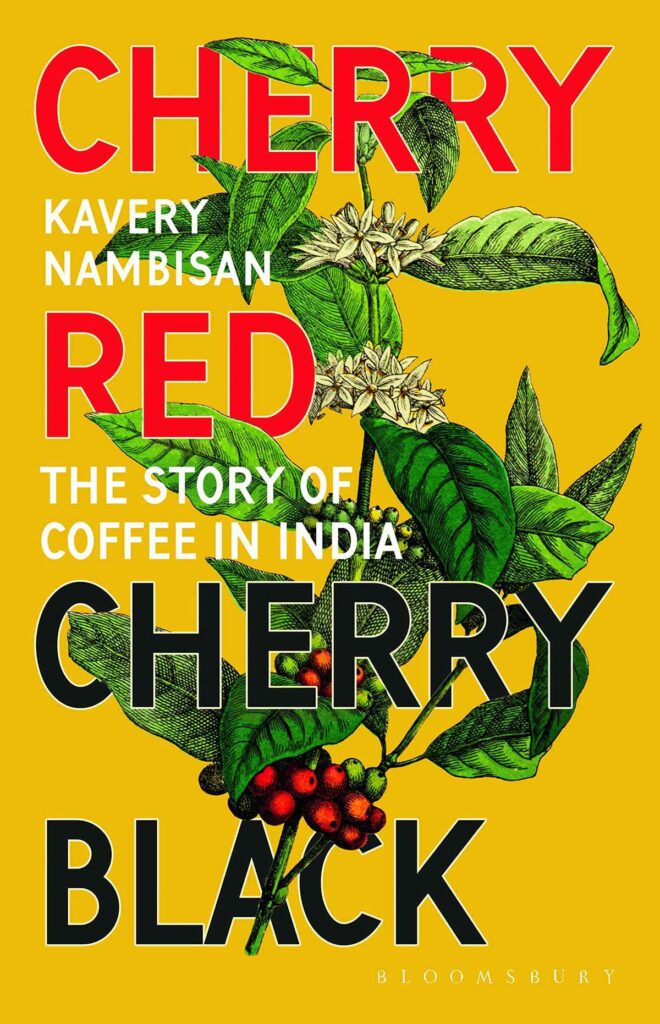
Wasn’t Coorg a rice-growing area before the prospect of expanding coffee growth brought the British to the region in large numbers?
The people of Coorg were hunter-peasants right up to the early 19th century when it was annexed by the British. Livelihood was closely tied to paddy cultivation which in turn was dependent on the monsoons. Paddy is a labour-intensive crop and needs workers prepared to work in difficult weather conditions. So the local tribespeople worked in the fields for daily wages. Coffee growing was initially very challenging, and disease often destroyed the crops. But with effective planning, research on the cause of disease, treatment and plant selection, it turned out to be very profitable.
Though the first coffee estate was set up near Mercara, why did coffee growth proliferate in southern Coorg? And what was the variety grown there?
North Coorg where coffee was initially grown receives heavy rainfall which can damage the blossoms and the young berries. Moreover, the area is mostly hilly and so coffee is grown on steep terrain. Within a few decades of cultivation, hundreds of acres of coffee plantations were thus destroyed. Many plantations closed down and some of the British planters went back to England. In Southern Coorg on the other hand, the land is gently sloping, or flat and the rains are not so severe. It is better suited for coffee cultivation. The two varieties of coffee grown are Robusta and Arabica.
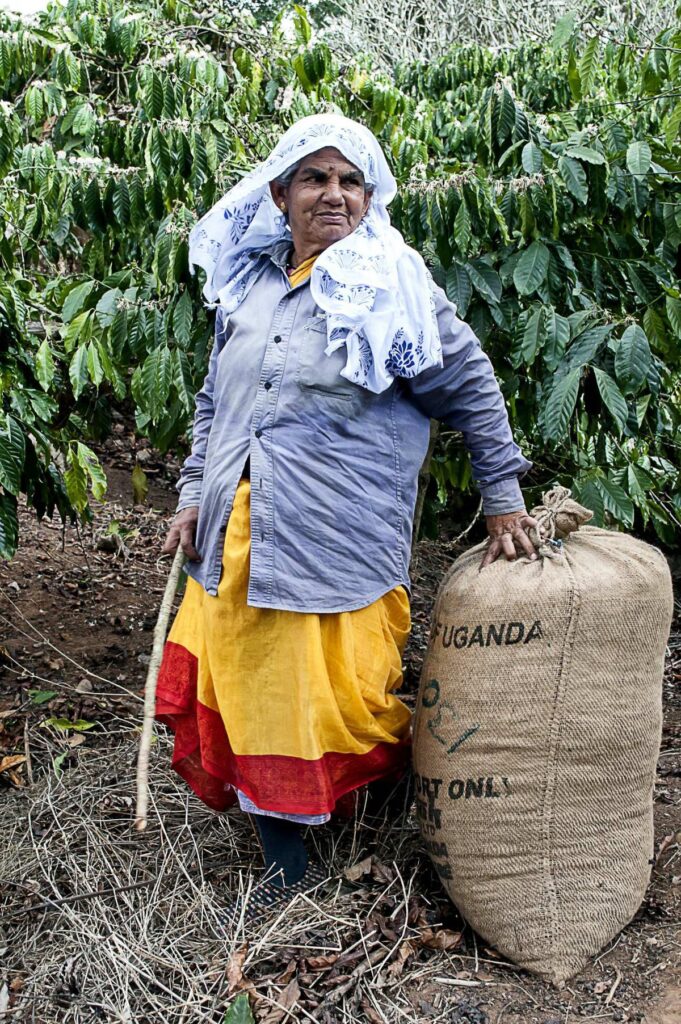
Please share your experience of plucking coffee berries when you were 15. How tough was it?
That was foolish bravado on my part. Perhaps also, the fact that I was of an age when I romanticised manual labour. Coffee plucking itself appears easy when a skilled worker does it. Actually, It is hard work. There are nettled shrubs and creepers that get in the way, abrading palms and scratching the arms and shins. The many insects that creep, crawl and fly will often sting. Dried coffee twigs can poke the eyes for good measure when the picker crouches beneath the bushes to pluck the berries. I was not able to pick as much as I thought I could. But the workers? They talked and laughed all day and plucked enough berries to fill a few sacks each.
Was the rapport between the local Kodavas and the British a happy one? What did they learn from each other?
I guess you could say it was a good rapport. You need to go back in history in order to understand why. Coorg (or Kodagu) was ruled by the Haleri kings for 250 years before the British annexed Coorg in 1834. Coorg was better off under the British. They got schools, dispensaries, apothecaries, etc. Importantly, there was more peace and harmony which came with better administration. Within a few decades, many of the Kodavas became literate. The British found them to be hard-working, honest and trustworthy.
___________________________
Cherry Red, Cherry Black: The Story of Coffee in India
Kavery Nambisan Bloomsbury
₹699
_________________________
What are some of the concerns about the modern coffee industry?
There are several concerns: Coffee plantations are the result of the felling of large areas of forest land, particularly in and around the Western Ghats. It is also a crop that uses pesticides and chemical fertilizers which denude the soil of its health and vigour. Organically grown coffee is a possibility, but economically it is not viable in large plantations. The climate catastrophes experienced in the last few years has led to destruction and loss of lives. We need to look at alternate ways of producing coffee so the end result is not deleterious to the environment. There are many individuals, groups and a few corporates who are experimenting with new methods. Coffee growing is no longer as lucrative as it once was and there is a need for innovation and the use of methods that are not harmful to the ecosystem.
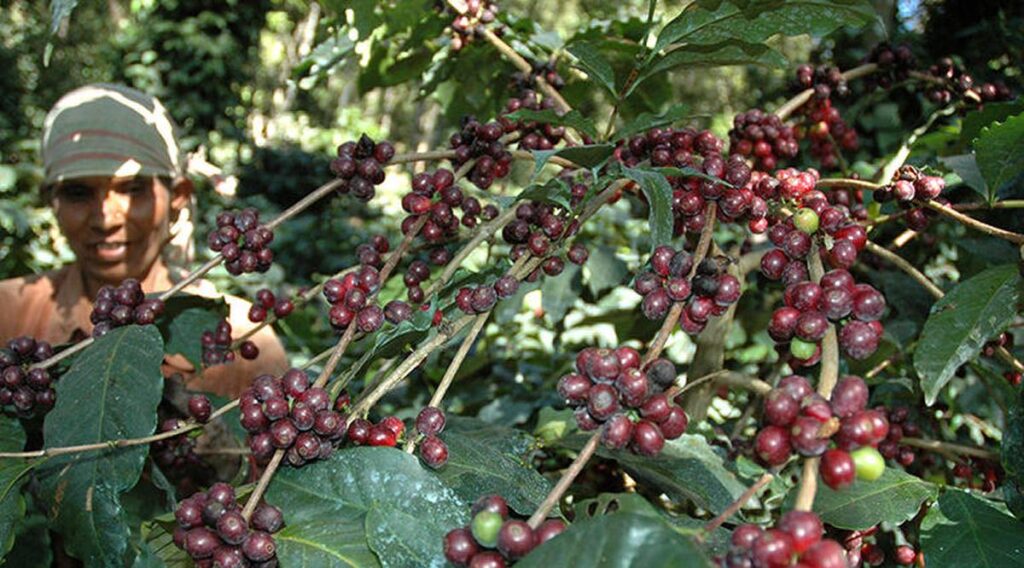
From Steeping to the French Press there are many ways to make coffee and you describe them in the book, which is your favourite way to make and drink coffee?
I have been a coffee drinker all my life, naturally. I cannot start the day without coffee. I like it strong, hot and full flavoured. I use a mix of Robusta and Arabica beans, roasted at a mill nearby and powdered at home. I have three methods that I use to make coffee, depending on my mood. The Moka pot coffee, filter coffee or the simple brew, in which you heat fresh water and when it comes to boil, add the coffee powder, cover and let it steep for 2 minutes, strain and serve with hot milk and jaggery.
source: http://www.thehindu.com / The Hindu / Home> Books / by Sandipta Datta / December 09th, 2022

